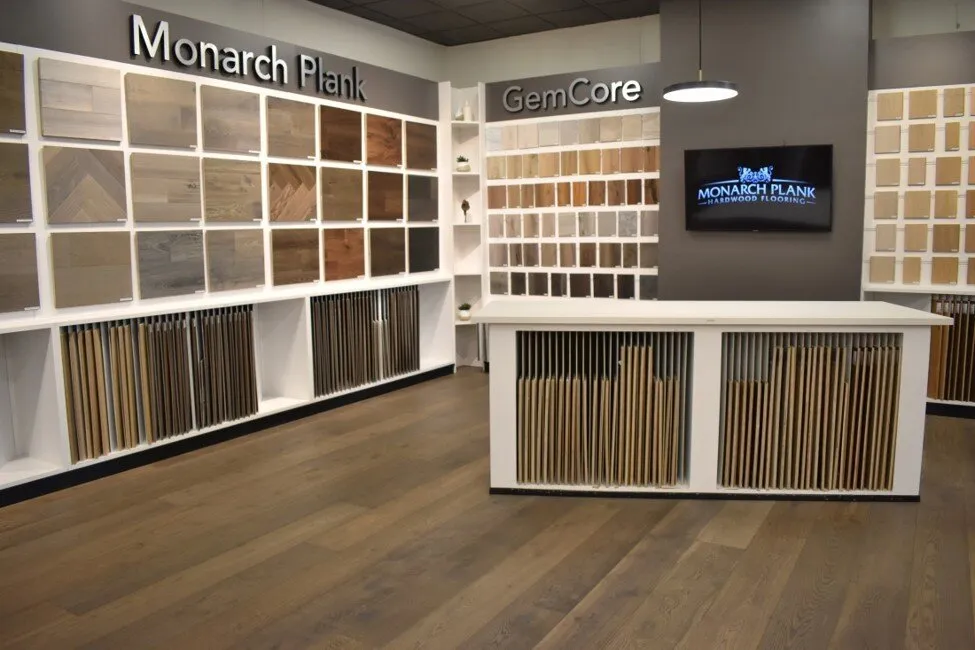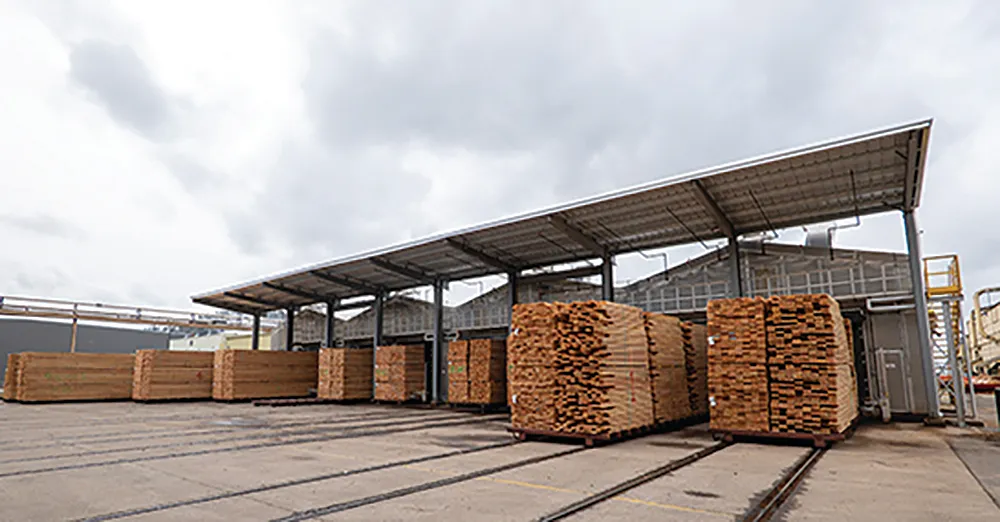Table of Contents
The Softwood Lumber Board has signed a Memorandum of Understanding that builds upon its relationship between with the U.S. Department of Agriculture to grow demand for wood products as natural climate solutions. The organizations will jointly explore and coordinate additional market development, research, technological advances, and other activities to expand the use of wood in the built environment.
“Since signing the original MOU in 2015, the SLB and USDA have proudly worked together on many notable initiatives to promote and grow markets for softwood lumber in residential, commercial, and multifamily construction. We look forward to continued collaboration and cooperation for the benefit of the entire softwood lumber industry,” explained Caroline Dauzat, Owner of Rex Lumber and SLB Board Chair. “Together, we’re working to accelerate the adoption of innovative wood building system solutions through strategic investments and partnerships in training and support of educational opportunities for construction professionals, sawmills in regions that have lost infrastructure, carbon and climate change resources, and the continued joint funding of WoodWorks.”
“For many years now, the USDA and SLB have had a constructive and positive partnership, and this new MOU is another step as we work together to create and support markets for advancing wood products as carbon solutions for commercial buildings and resilient forests,” stated Secretary of Agriculture Thomas Vilsack.
Through increased partnerships and co-funding of joint initiatives, the SLB and USDA will achieve shared goals and objectives and deliver them at a rate that is more efficient and effective than working separately. Key initiatives to accelerate adoption of innovative wood building solutions include:
- Continuing joint funding of WoodWorks, a free provider of education and technical support related to the design, engineering, and construction of commercial and multifamily wood buildings in the U.S.
- Promoting carbon-sequestering wood as a means to mitigate climate change through responsible material selection.
- Developing initiatives to expand understanding of embodied carbon, life cycle assessments, and the connection to forest management and wood construction.
- Creating events to expand connections with large corporations who can use wood products to meet their sustainability goals.
- Supporting university and young professional education programs by highlighting the benefits of forests and forest products and how to design and build with them.
- Establishing support programs for real estate developers and owners by removing or addressing market barriers to using wood products in new market segments.
- Exploring strategies and connections to sawmill investment for locations that have lost infrastructure.
“Transforming buildings from carbon emitters to carbon sinks by incorporating sustainably harvested and produced wood products from public and private timberlands benefits the environment and the economy more effectively than many other climate solutions currently available. This MOU symbolizes the positive impact that industry and government can have when they align on a common ambition and the strategy to achieve it,” said Cees de Jager, SLB President and CEO.
The MOU was signed on Sept. 14, 2021, during a quarterly WoodWorks board meeting, an organization that the SLB and USDA jointly fund. By supporting programs like WoodWorks, the SLB directly influences the completion of building projects that use wood, increasing softwood lumber consumption and carbon benefits surrounding the built environment. Since 2014, the SLB and its funded programs have achieved, through the support of wood building design and construction, a carbon savings of 20.5 million metric tons of carbon dioxide or the equivalent of taking 4.3 million cars off the road for a year.









